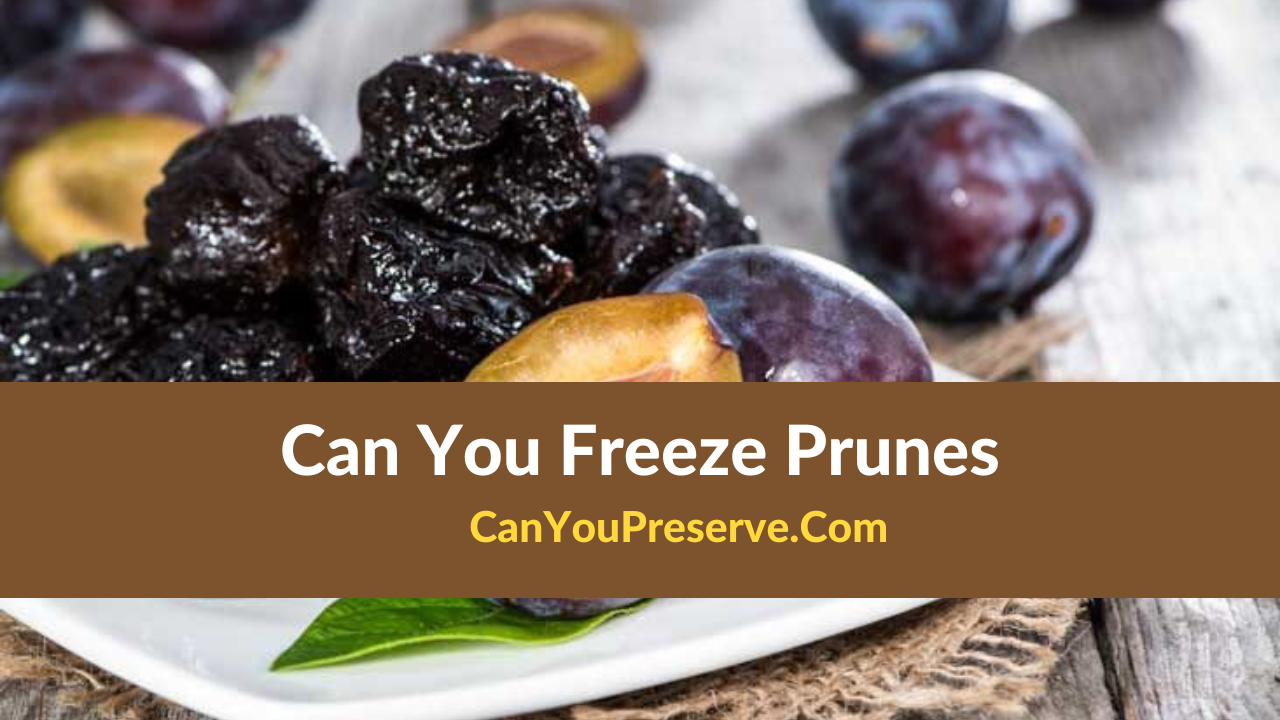Can You Freeze Puff Pastry: Buttery and flaky puff pastry is undoubtedly one of the best pastry varieties. The real query is, Can you freeze puff pastry? Well, yes, you can freeze-puff pastry. But is it freezer-friendly? Will the puff pastry freeze safely?
Continue reading for the standard tips and easy hacks on storing, freezing, and reheating your frozen puff pastry. You can create mouthwatering pastries right now with the help of our hacks.
- Does Puff Pastry Freeze Well?
- How Long Can You Freeze Puff Pastry Safely?
- Shelf Life Of Puff Pastries In The Freezer
- How Can You Freeze Puff Pastry Easily?
- How To Freeze Puff Pastry With Filings?
- Easy Hacks To Remember While Freezing Puff Pastries
- Can You Refreeze Your Puff Pastries?
- How To Defrost Your Puff Pastries?
- Can you freeze pie along with your puff pastry?
- Can you effortlessly freeze ready-rolled puff pastry?
- How far in advance can puff pastry be thawed?

Does Puff Pastry Freeze Well?
Well, not exactly. Puff pastry is freezable. But it cannot match the puff pastry that has just been made. However, frozen puff pastry can be just fine unless you’re side-by-side evaluating the two. It’s undoubtedly a far more practical method to keep puff pastry.
Anytime you freeze a dairy product, like butter, you’ll notice that the texture changes over time. This textural deterioration may, and most likely will, have an impact on how your puff pastry rises when you cook it.
How Long Can You Freeze Puff Pastry Safely?
Regretfully, the texture of puff pastry degrades more quickly the longer it is stored in the freezer. Many puff pastries include butter, which inevitably disintegrates with time.
The levels and lamination in the pastry’s structure may be destroyed as a result, lowering the pastry’s ability to rise. Due to these factors, we can only suggest freezing puff pastry for a longer duration of three months.
Shelf Life Of Puff Pastries In The Freezer
For a maximum of three months, puff pastry could be frozen. Puff pastry should be wrapped in many layers of either cling film or greaseproof paper before being frozen.
How Can You Freeze Puff Pastry Easily?
Let’s begin with the fundamentals first. This is the method to use when you have a sheet or block of uncooked puff pastry that you wish to freeze:
Wrap And Seal The Puff Pastry
The same method may be used whether you use puff pastry in the form of a roll or a block. Puff pastry should first be taken and wrapped in greaseproof paper after being placed in the center of the paper.
Position It And Wrap The Puff Pastry Again
The puff pastry should then be placed on a piece of cling film and wrapped firmly.
Freeze The Puff Pastry
Finally, put the wrapped puff pastry in the freezer. Make sure to remember that protecting your puff pastry against oxidation, freezer burn, and other freezer-lingering odors is crucial while following all the previous steps.
Read More:
How To Freeze Puff Pastry With Filings?
Puff pastry can be used to make delicious cinnamon swirls, savory tarts, or vol-au-vents. However, if you want, you can prepare your filled puff pastries ahead of time by freezing them.
But the issue is whether you can freeze puff pastry with filings. The answer is yes. It is important to think about the fillings and if they can be frozen.
Follow our easy hacks for freezing your puff pastry with a filling if you’re sure that the filling will freeze successfully. You should focus on keeping the air out as your major task.
- Place And Position The Small Container: Pick a small container that will hold all of your filled puff pastries, because we suggest using one. Put your pastries in a single layer at the bottom of the container.
- Add A Greaseproof Paper Layer: If more pastries can fit in the container, stack them with a piece of greaseproof paper and then add another set. Repeat as necessary to fill the container or place all of your pastries in it.
- Seal The Container: Put the container’s lid on so that the air finds it hard to penetrate it.
- Wrap The Container Thoroughly: If you are worried that the container is not entirely airtight, you have the option to wrap it in cling film.
- Freeze The Puff Pastry With The Filings: The container with the puff pastries should then be put in the freezer. It won’t take you more than a few minutes to finish and isn’t too difficult for you.
Easy Hacks To Remember While Freezing Puff Pastries
Now that you know how to freeze your puff pastries, here are our easy hacks, which we strongly encourage you to keep in mind to attain the greatest outcomes:
- Refrain From Refreezing: Refreezing is safe, but you won’t get as much rise out of your puff pastry once you reheat it after many cycles of freezing.
- Don’t Use Dairy Fillings: Once frozen, fillings made of cheese and cream might split, ruining your puff pastry. Therefore, stay away from freezing these sorts of fillings and go for sugar-based fillings like jam.
- Double Wrap The Puff Pastry: In the freezer, puff pastry is extremely delicate, and even a tiny bit of air can significantly alter its texture. For this reason, when we freeze puff pastry, we double-coat or wrap it twice.
Can You Refreeze Your Puff Pastries?
If you unintentionally thawed a bit of puff pastry, you’d like to discover if you can refreeze it, right? The real kicker is that doing so is completely safe.
Your defrosted puff pastry may be frozen again. However, there is a possibility that you won’t obtain the same bounce when you bake your double-frozen puff pastry as you would have done in the past.
There will always be some effects of freezing on a building, and freezing twice will have almost double the adverse effects. If you’ve baked the puff pastry, you may also refreeze it.
Maybe you have frozen raw puff pastry on hand that you thawed and used to make a few tomato tarts that you now want to freeze, so you can do it with confidence.
To know more about a similar variety of foods like past bake refer to our article Can Freeze Pasta Bake and know the freezing process in depth.
How To Defrost Your Puff Pastries?
You should thaw uncooked puff pastry overnight in the refrigerator if you have some on hand. After it has thawed, take it out of the refrigerator 10 minutes before you intend to use it so that it may somewhat soften and become much simpler to handle.
Use the same method of freezing the puff pastry up overnight in the freezer if you have baked it and want to defrost then reheat it.
Puff pastry can remain fairly mushy and soggy if you do not egg wash it once it has thawed to help the outside layer crisp back up. After being egg-washed, you may reheat food until it is thoroughly hot.
FAQs On Freezing Puff Pastry
1. Can you freeze pie along with your puff pastry?
Yes, it can be frozen as a whole; however, the puff pastry will likely get fairly mushy. Our option is to freeze the puff pastry on its own first, then the filling on a foil tray. When it comes to the final texture after reheating, maintaining the filling and puff pastry separately can serve well.
2. Can you effortlessly freeze ready-rolled puff pastry?
Yes, you may immediately place a package of pre-made, rolled puff pastry that you no longer want to use in the freezer. Typically, they’ll be packaged in a sealed plastic sleeve. It should be kept in this sleeve and put right into the freezer. The air should be effectively kept out by this sleeve.
3. How far in advance can puff pastry be thawed?
The pastry sheets should be defrosted at room temperature for almost 30 minutes after being gently unwrapped.
Wrapping Up
We believe that our easy hacks for freezing puff pastry were informative! The only thing left to do is freeze the puff pastry of your choice. For more information on this kind of preservation and preparation, please visit our website.
Keep connected to us to avail latest details on articles like Can Freeze Sponge Cake and many more here.








